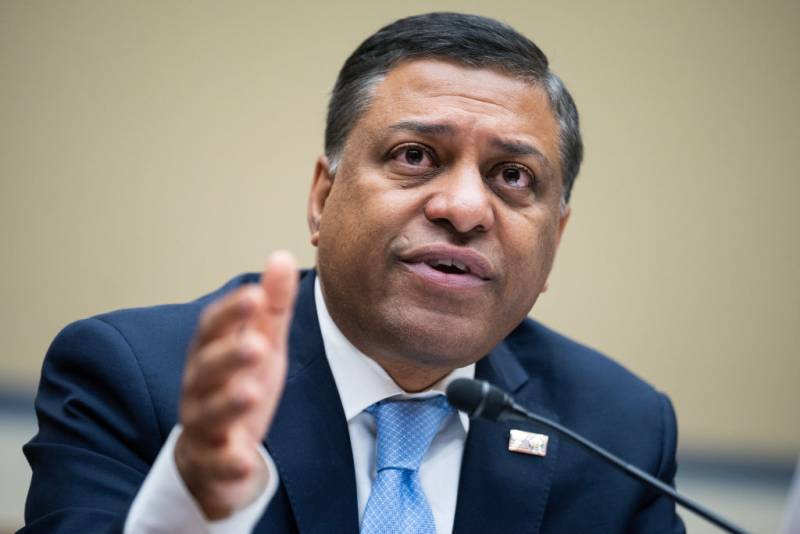Second is syringe-service programs. The third is drug checking. All three approaches are evidence-based and really supported by decades of data to demonstrate their efficacy. But also, result in cost savings, life savings.
There is federal litigation ongoing at this point (regarding supervised consumption sites), so I’ll stay away from commenting specifically on particular avenues beyond those that we have federal policy behind.
What is important in today’s announcement is to make permanent some of these COVID-era flexibilities, like take-home medications and telehealth provisions. These allow expansion of treatment access to people not only in urban areas but also in rural and marginalized communities because oftentimes, we know that there’s a disparate access to who gets treatment and who doesn’t get treatment.
For example, people behind bars. We know today there are about 2 million Americans behind bars, and two-thirds are there for something related to drugs. And yet, the treatment in incarceration or in custody is very uneven across the country.
Today’s announcement allows treatment programs within jails and prisons to not (have to) be designated as opioid-treatment providers. They can be a clinic and still be able to provide those lifesaving treatments.
I’ve spoken to incarcerated people who have told me about smuggling life-saving medications like buprenorphine into prisons. So, is this change aimed at addressing that?
Yes. It is a top priority for the president to make sure we are doing something about these tens of thousands of people that are dying right after reentry each year. The Centers for Medicare & Medicaid Services is now allowing Medicaid waivers for states to apply to be able to allow treatment in custody 90 days before release. The whole idea here is to get people treatment when they are reentering society, so then they’re able to again get those vocational opportunities, educational opportunities, economic opportunities.
Has California applied for that waiver?
Yes. California was the first one to apply and has already received that waiver. We’re working closely with the state on implementation.
Given the abundance of the illicit drug supply right now, when can we expect to see the current crisis to change? What are your projections?
Last November, President Biden met with President Xi Jinping from the People’s Republic of China at the APEC summit in San Francisco, and Xi made a commitment to address the fentanyl supply chain.
Our team just returned from Beijing this week. We are confident that if (cooperation) continues forward, the supply of those chemicals that ultimately end up being turned into fentanyl in Mexico will be disrupted. So it’s going to be important for us to continue to hold those individual governments accountable.
As we address this, we still have to focus on the public health side of this at the same time. So, it’s important to view these as two sides of the same coin. And this is not like an overnight thing. It takes a while for these actions and policy changes to have effect.

